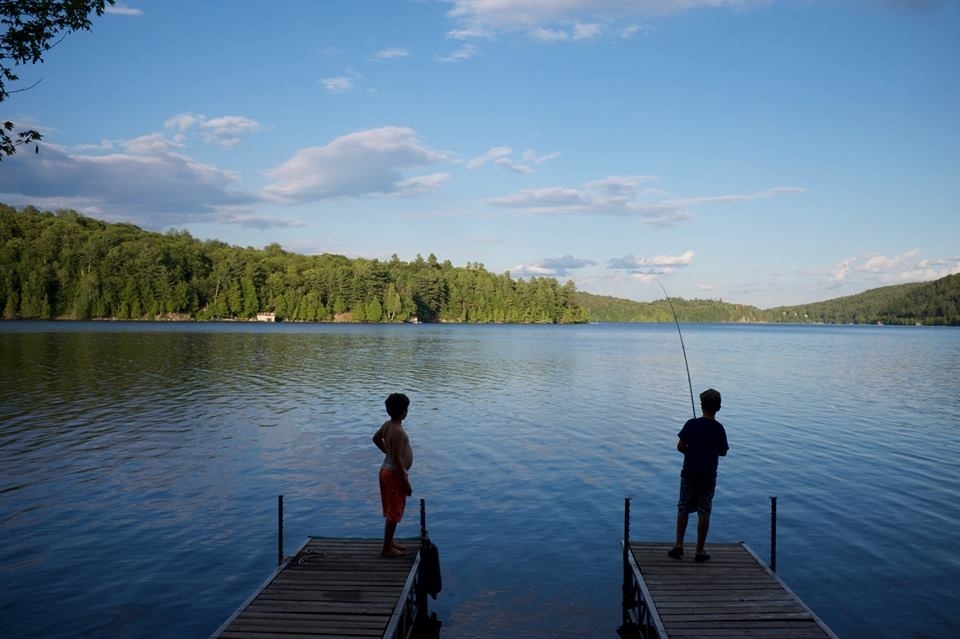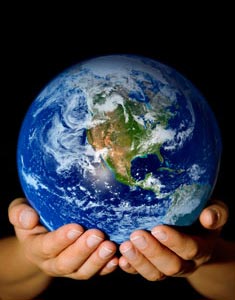
My writings - and those of others.
Inspiration
Here are poems for a rainy day:
WHEN I AM AMONG THE TREES
by Mary OliverWhen I am among the trees,
especially the willows and the honey locust,
equally the beech, the oaks and the pines,
they give off such hints of gladness.
I would almost say that they save me, and daily.
I am so distant from the hope of myself,
in which I have goodness, and discernment,
and never hurry through the world
but walk slowly, and bow often.
Around me the trees stir in their leaves
and call out, “Stay awhile.”
The light flows from their branches.
And they call again, “It’s simple,” they say,
“and you too have come
into the world to do this, to go easy, to be filled
with light, and to shine.”KINSHIP
by Ursula K. Le GuinVery slowly burning, the big forest tree
stands in the slight hollow of the snow
melted around it by the mild, long
heat of its being and its will to be
root, trunk, branch, leaf, and know
earth dark, sun light, wind touch, bird song.Rootless and restless and warmblooded, we
blaze in the flare that blinds us to that slow,
tall, fraternal fire of life as strong
now as in the seedling two centuries ago.
There were prophets. . .
Decades ago we enjoyed the satirical Tom Lehrer and responded to his songs as funny and relevant. We missed the seriousness of the content because he was so engaging. "Always predict the worst and you'll be hailed as a prophet." a friend told him He was born in 1928 which puts more birthdays into the 90s - and after retiring from performing, he went back to teach mathematics. But now both environmental and faith based groups have to deal with the following outcomes of one of his best known songs:
Air pollution
Freshwater pollution
Land and soil pollution
Marine and coastal pollution
Chemical pollution
Waste pollution
Online data pollution
We were quick to accept the reality of the words even then. But it didn’t move us toward action. Satire is just one of the art forms that points to realities and the changes we must make. The current messages on climate change are often deadly serious and lead to denial or despair. I wonder if we can still respond to Lehrer - and not just laugh but do something about it. But it’s not quite as funny as it was in the past. Jonathan Swift, the writer of Gulliver’s Travels, would agree.
Bad Thinking
I spent an hour on Labour Day attending a webinar presented by The Philosopher, entitled When Bad Thinking Happens to Good People. It was good enough to download Steven Nadler’s Book by the same name. It was a bit less easy to access a philosopher in Plato or Aristotle’s Day but this one came in an instant and was a quick read.
The writer is concerned about current American Thinking - or perhaps the lack of it, which he finds not only perplexing but even dangerous with epidemic proportions. Beliefs like denial of climate change as a hoax, conspiracy theories and a election fraud can’t be blamed just on lack of education - though poor education is a factor. A recent survey revealed that a third did not know that Auschwitz was a concentration camp and about the same number can’t name a single branch of the US government. Yet many who promote these ideas are highly educated from some of America’s best universities. By many criteria, they are good people. But the author believes they have a character flaw - stubbornness. They fail to tailor what they believe to evidence. They hold false beliefs and doing so has consequences/
What can be done about it? If they think badly, the solution is to learn to think well. There are in fact standards of how to think that have come down to us through - no surprise here - philosophy! It relates to knowing how to know. That comes from knowing one’s self - and knowing what one knows and doesn’t know - evaluating the truth of one’s beliefs.
Bad thinking involves refusal to change one’s beliefs in the face of evidence and instead relying on prejudice, hearsay and emotions like hope and fear. Many are averse to science and its methodologies. Some wrong beliefs - like a flat earth - might seem logical when you look at the horizon and holding such a belief is unlikely to cause harm to others. Other wrong beliefs - like thinking the election was stolen - lead to insurrection.
The lecture took me back to first year philosophy and a reminder that logic patterns have rules. It contended that more often than not, the faults in wrong thinking relate to illogical premises and these need to be questioned. The other common one in bad thinking is paying attention to small samples of evidence. Unfortunately even the best media often publish reports of studies with small samples, which bring on hope and fear rather than reasoned response. Retraction of bad studies don’t get the same press. In our own time press coverage of conspiracies enhance their reach.
We may not have time to go back to philosophy class - but the book does present some ways to counter bad thinking. Some beliefs may give us comfort whether we have any proof of them or not and this doesn’t present a danger to others. It’s when beliefs lead to behaviour that harms others where we have to pay attention. And there are plenty of those beliefs currently around us.
Thinking about Bugs
Not something we normally do at the end of August. Black flies are long gone and mosquitoes aren’t as evident as they were earlier in the summer. Yet perhaps we should be thinking about bugs the way that writer Dave Goulson does in the Guardian in his recemt article, The Insect Apocalypse - Our world will grind to a halt without them. Here are just a few key points.
Insects have declined in abundance by as much as 75% in the last 50 years.
Three million tons of pesticides are going into the global environment each year - much stronger ones than Rachel Carson warned us against.
Insects provide us with a good deal of service: Goulson notes: “We need insects to pollinate our crops, recycle dung, leaves and corpses, keep the soil healthy, control pests, and much more – but for larger animals, such as birds, fish and frogs, which rely on insects for food. Wildflowers rely on them for pollination.”
They are the largest population on the planet and outnumber humans by a million to one.
We don’t eat them directly in the West. On the other hand, we do regularly consume them at one step removed in the food chain. Freshwater fish such as trout and salmon feed heavily on insects, as do game birds like partridge, pheasant and turkey.
87% of all plant species require animal pollination, most of it delivered by insects.
Insects are also intimately involved in the breakdown of organic matter, such as fallen leaves, timber and animal feces. This is vitally important work, for it recycles the nutrients, making them available once more for plant growth.
Insects are the undertakers of the world, disposing of all types of dead bodies
We are losing far too many of them. Like all aspects of climate change, we start noticing events at the edges - and suddenly they are totally upon us. It’s just another area where we have to consider what we are actually doing to the planet.
8 Key Issues
These are the eight key issues for indigenous peoples in Canada according o Bob Joseph’s Indigenous Relations blog. He notes that they are all connected and the challenges seem to hamstring all those in governments at all levels who try to deal with them
Poorer health than that of other Canadians; causes relate to income levels and social factors. People have higher degrees of respiratory problems and infectious diseases. Heart Disease and diabetes are on the rise.
Lower levels of education. These are affected most by colonialism’s sorry legacy of the residential schools and the experience of attempted assimilation. About 36% of indigenous people have not completed high school compared to 18% of the rest of the Canadian population
Inadequate and crowded housing. Close to half those living on reserves live in dwellings that need major repairs.
An income gap. Indigenous people earn about 25% less than other Canadians
Unemployment rates remain high
Incarceration. Nearly half those incarcerated are indigenous, and women are incarcerated more than men.
Higher death rates among children and youth due to unintentional injuries such as drowning. These are three or four times higher than those of other Canadians of the same age.
Higher rates of suicide among youth. “Suicide and self-inflicted injuries are the leading causes of death for First Nations youth and adults up to 44 years of age.” (A Statistical Profile on the Health of First Nations in Canada for the Year 2000, Health Canada, 2003).
What to do? Pressure governments on areas that you know and care about from your own level of expertise or experience. Donate to those organizations working to deal with the issues. Learn historic first nations values that may save us from our own flawed ones.






